Those of us who grew up in the ’70s and ’80s may not have had iPads or high-definition video games, but we can certainly say that we had some of the most iconic and memorable toys ever created. From Stretch Armstrong to pogo sticks, these toys truly defined a generation!
Atari
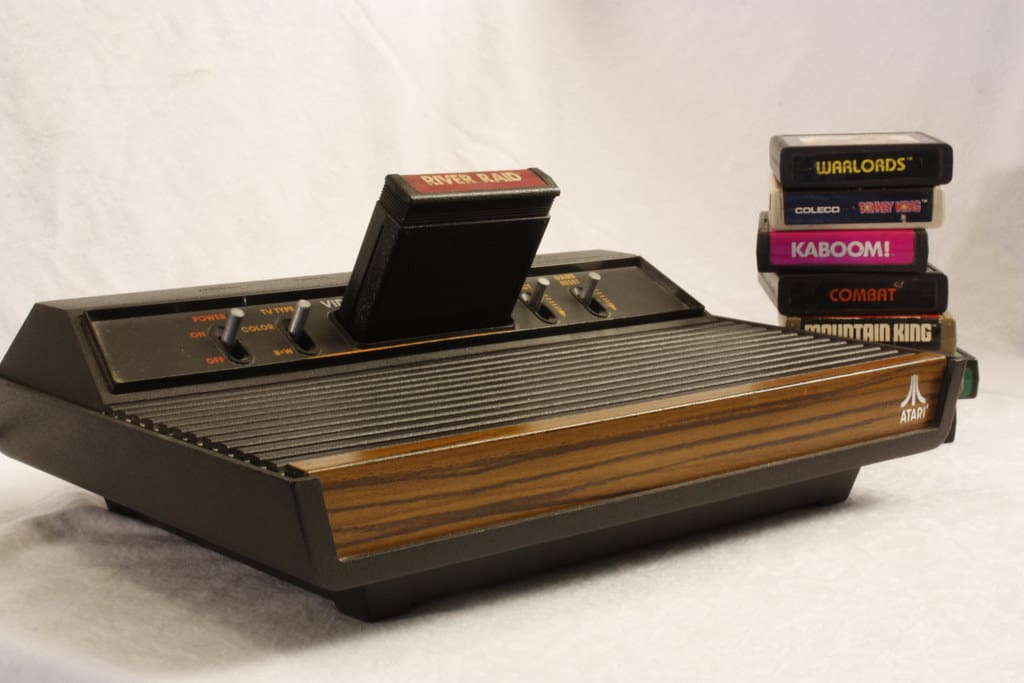
Before Nintendo and Sony took over the world with more advanced video game consoles, Atari was the best way to play video games at home. Most of us grew up playing in crowded arcades at the mall, and while it was always a blast, the quarters went quickly. Being able to play Pac-Man at home was a literal game changer, even if the home version wasn’t quite up to the arcade cabinet’s quality.
Pogo Stick
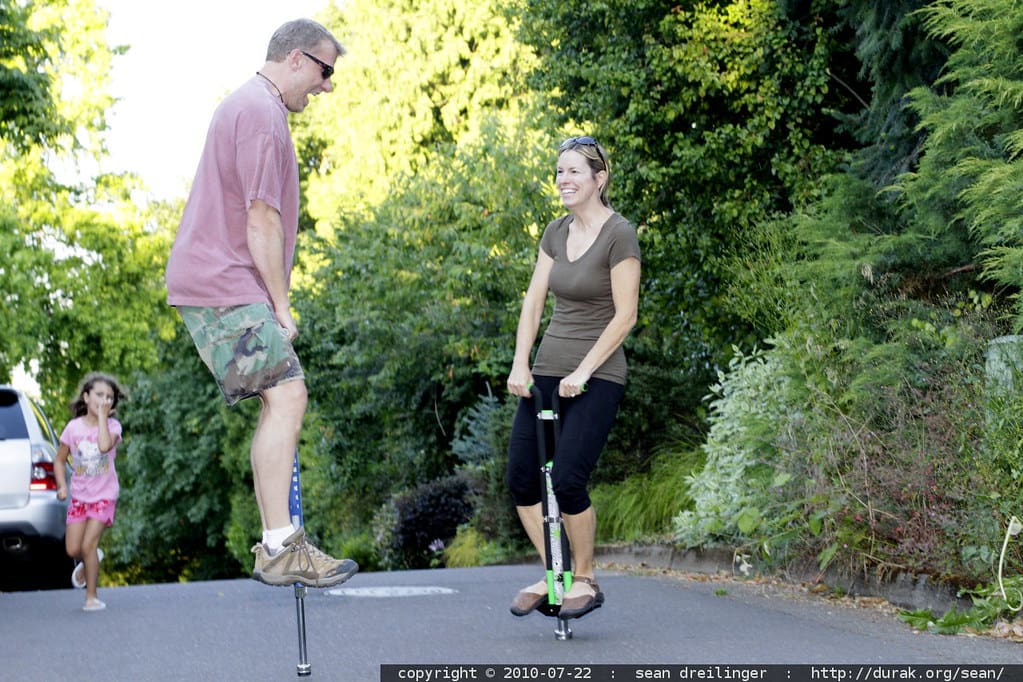
Just seeing the words pogo stick should conjure up that memorable noise they made. And while the pogo stick was invented well before the 1970s, it had a big resurgence in popularity which lasted well into the ’80s. Like riding a bike, it took a little practice to get the hang of it, but there was nothing like bouncing around like a maniac until we were exhausted from the effort.
Pogo Ball

It’s hard to talk about the pogo stick and not bring up its successor — the pogo ball. This much more compact bouncing toy looked like a miniature version of the planet Saturn, only you stood on the rings and squeezed the ball with your inner feet to jump. In a lot of ways, it was more challenging than the pogo stick to get the hang of. But it was easier to toss in the car, it didn’t make as much noise, and it was just as much fun.
G.I. Joe
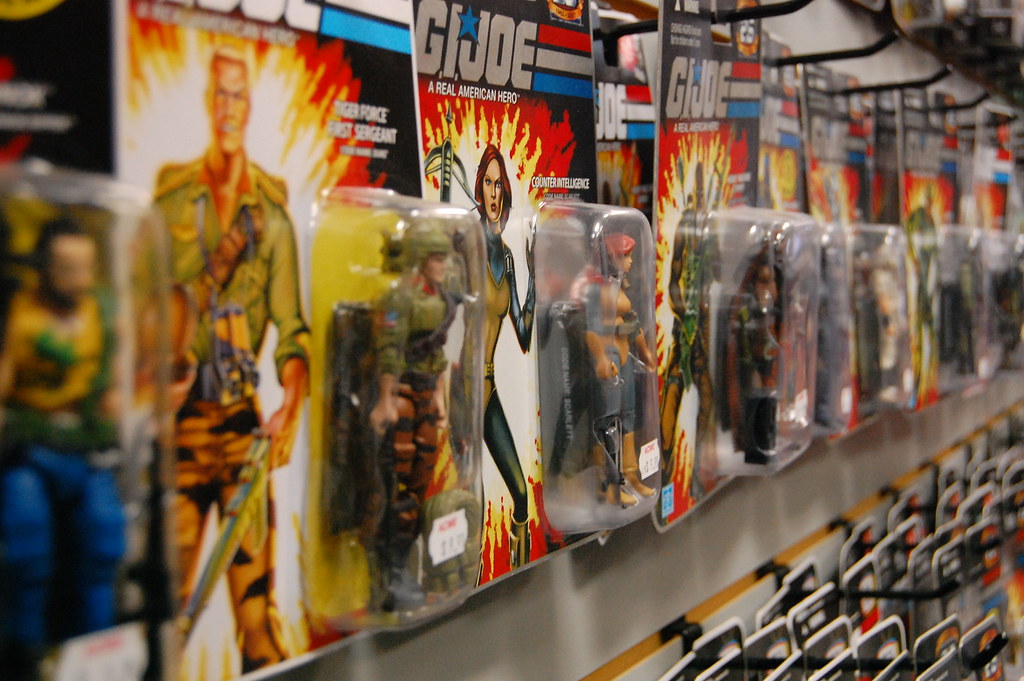
The Real American Hero was around before the ’70s, but the original G.I. Joe line made dolls cool for boys, too! After Star Wars action figures showed up in the late ’70s, Hasbro saw the writing on the wall and miniaturized their G.I. Joe lineup into the smaller action figures that ’80s kids are most familiar with. Whether you grew up playing with the large or small G.I. Joes, there’s no denying their popularity.
Lego
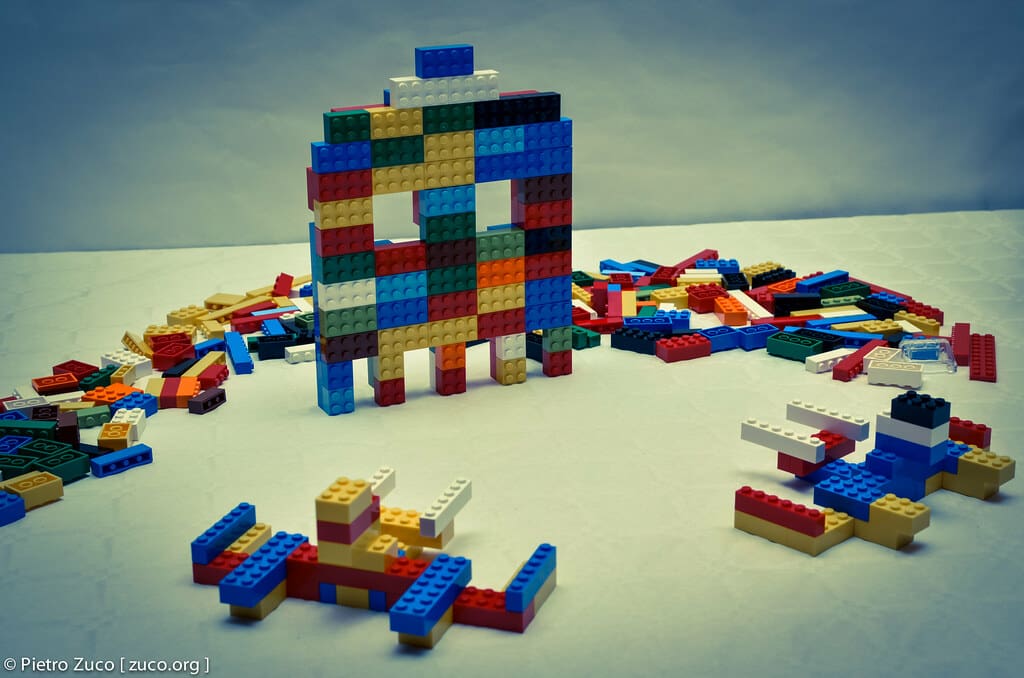
Insanely popular to this day, Lego sets actually got their start in the 1940s. The colorful building bricks really picked up steam in the 1970s, however, and that streak hasn’t fallen off since! While there is a much bigger focus on movie tie-ins these days, the basic Lego sets from the earlier decades are still the best versions of the toy in my opinion. The freedom to just build whatever you want is compelling for kids — as seen with modern kids who love playing Minecraft.
Roller Skates
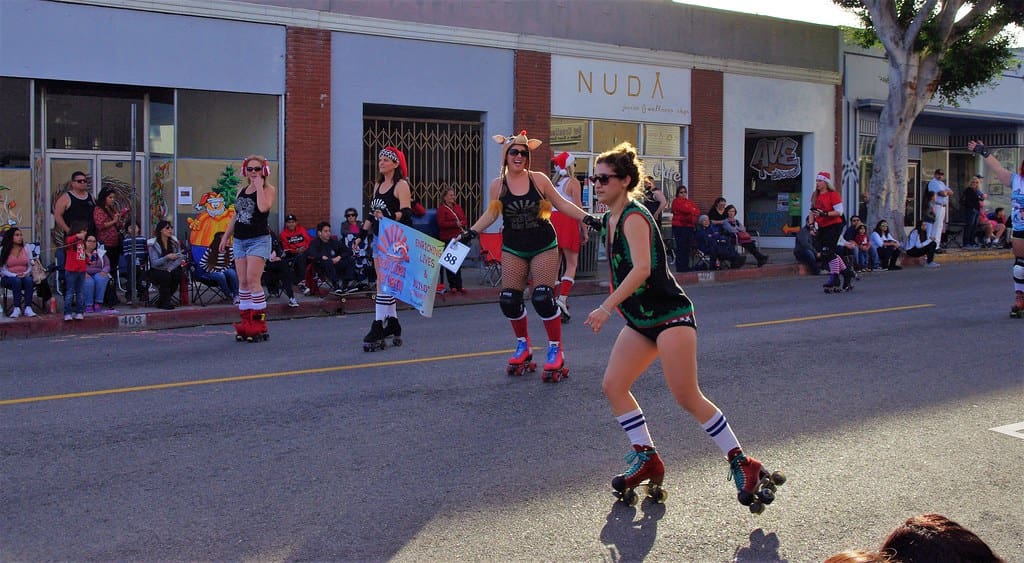
Roller skates are timeless fun, but the ’70s was THE decade for these toys. Skating rinks were everywhere, hosting tons of birthday parties and weekend hangouts with friends. There’s nothing quite like the music, lights, and disco ball effects that we enjoyed in the rink as kids. Skating outside was fun too, but that smooth wooden floor let us really skate hard.
Barbie
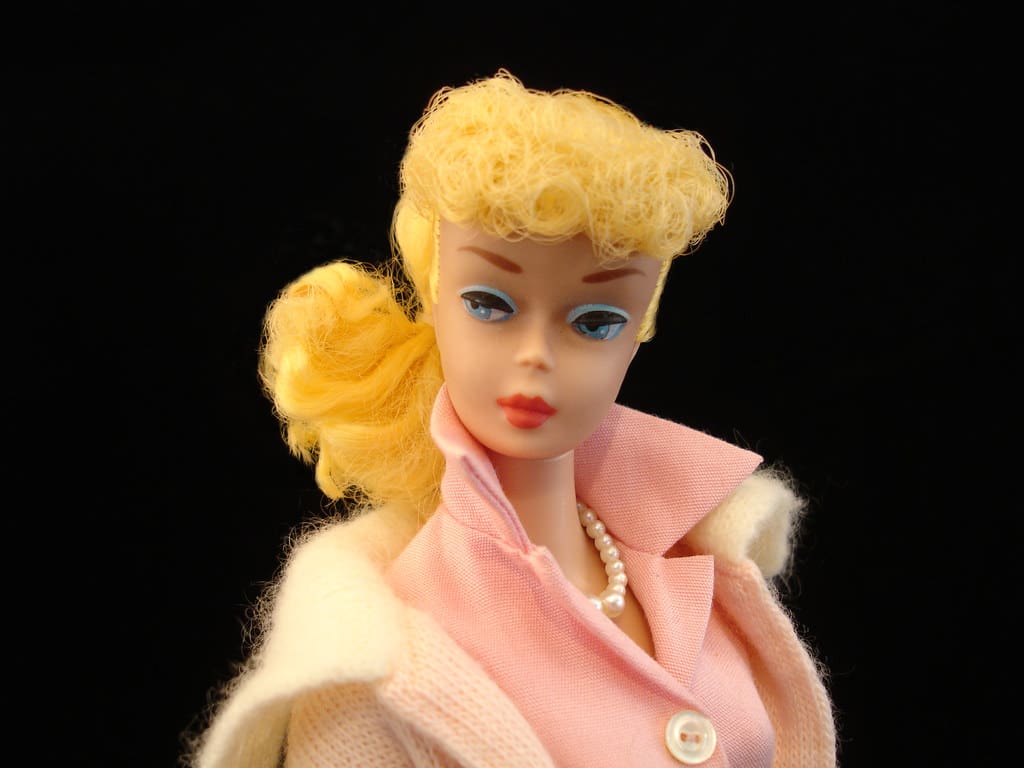
What else can I say about Barbie that hasn’t already been said? She revolutionized the toy industry when she proved once and for all that little girls weren’t just interested in playing with baby dolls. Barbie has been a powerhouse ever since, and the ’70s and ’80s saw Barbie take on all kinds of new jobs, inspiring generations of young girls to pursue whatever career they wanted.
Rubik’s Cube
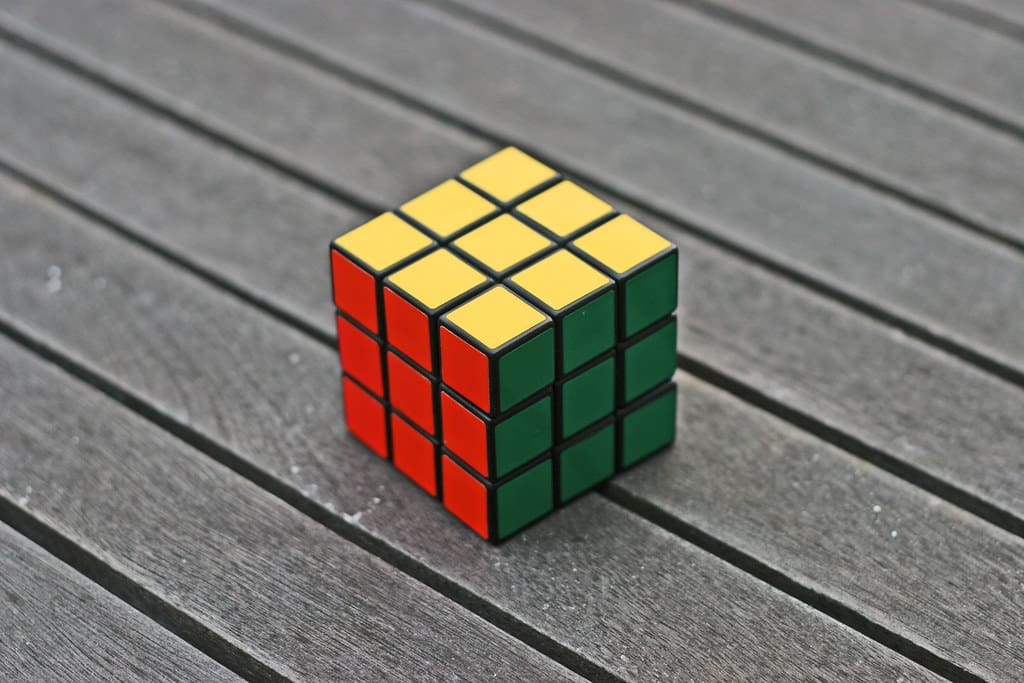
Invented in 1974, this puzzle toy took off and dominated through the ’80s. The coolest thing about the Rubik’s Cube is that it wasn’t just a toy for kids — adults also fell in love with this little mystery box, and solving the cube became a pastime for many people. It was just for fun though, the Rubik’s Cube spawned all kinds of worldwide competitions — it became an obsession for some to solve the puzzle as quickly as possible. You’ve seen the videos, I’m sure. It’s truly incredible!
Nerf
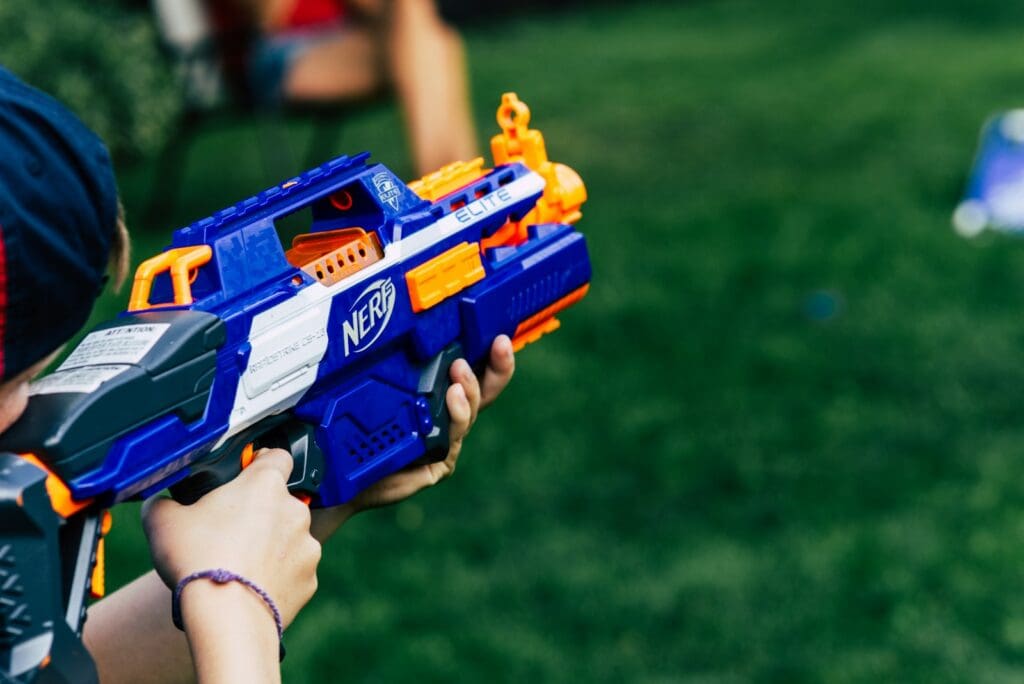
“It’s Nerf or nothin’!” That’s what I grew up hearing. Invented in the late ’60s, the following decade saw Nerf balls explode in popularity. They were everywhere and every kid had at least a couple. Parents liked them because they couldn’t cause a bloody nose or a black eye, and kids loved them because you could unleash heck on your friends without worrying about getting into trouble. These days there are a lot of foam toy alternatives to choose from, but Nerf still carries the same high-quality legacy as they did decades ago.
Tonka Trucks
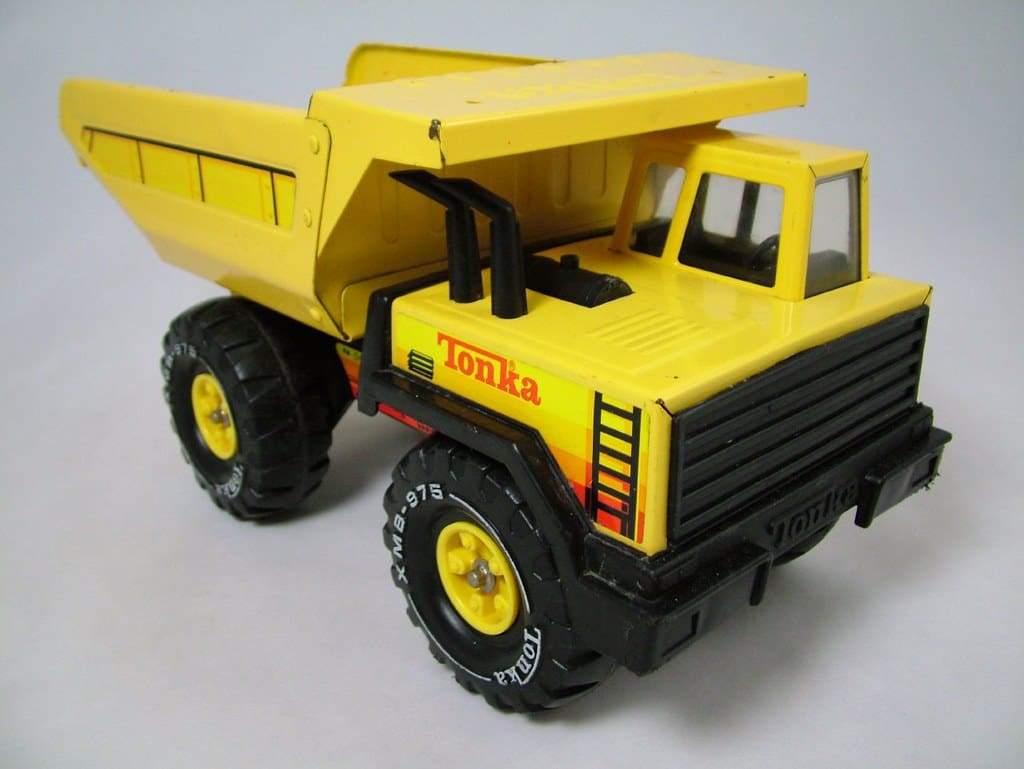
The metal versions of Tonka Trucks were built for the kinds of abuse you’d expect a young kid to deliver to a toy truck. I know I personally put my Tonka Trucks through some rough times, especially after the rain finally ended and I could go play in the mud. Tonka was a metalworking company that began with a line of gardening tools, but they truly found their calling when they assembled their first Tonka Trucks.
Spirograph
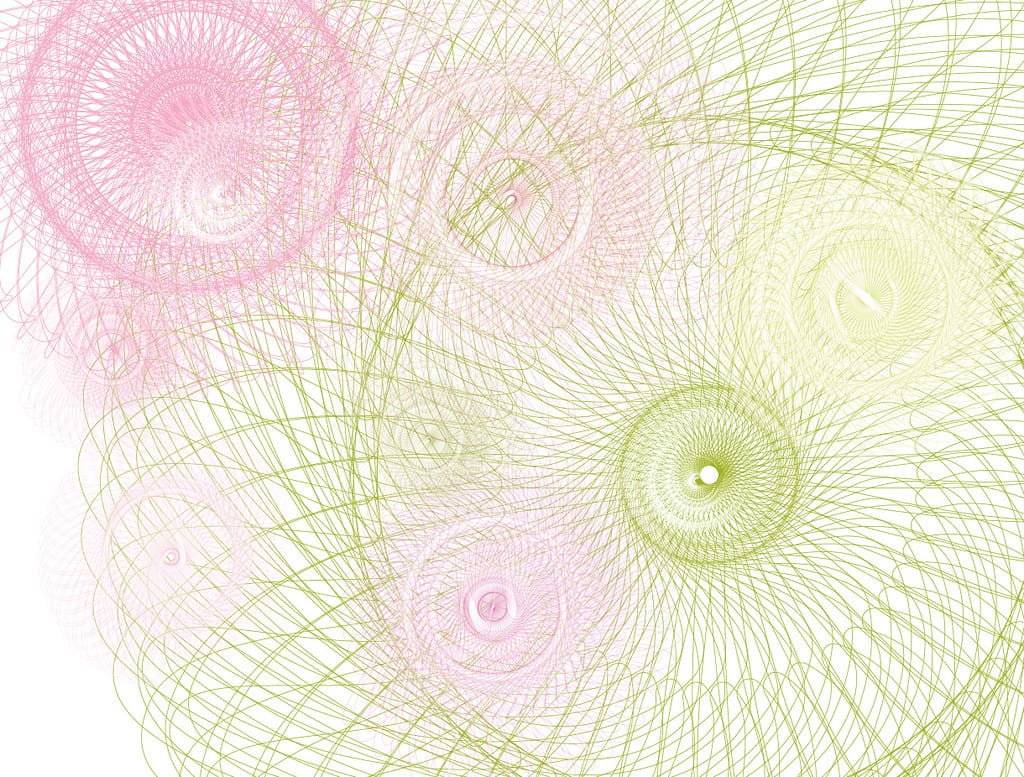
If you drew a Venn diagram of Math and Art, the Spirograph would be the overlap between the two. These fun little toys allowed kids to spend hours drawing the intricate patterns that Spirograph tools made possible. It took some time to get the hang of it, but once you really got going, you could produce some amazing art! I remember having a Spirograph section on the refrigerator at home where I proudly displayed my most impressive pieces.
Magic 8 Ball
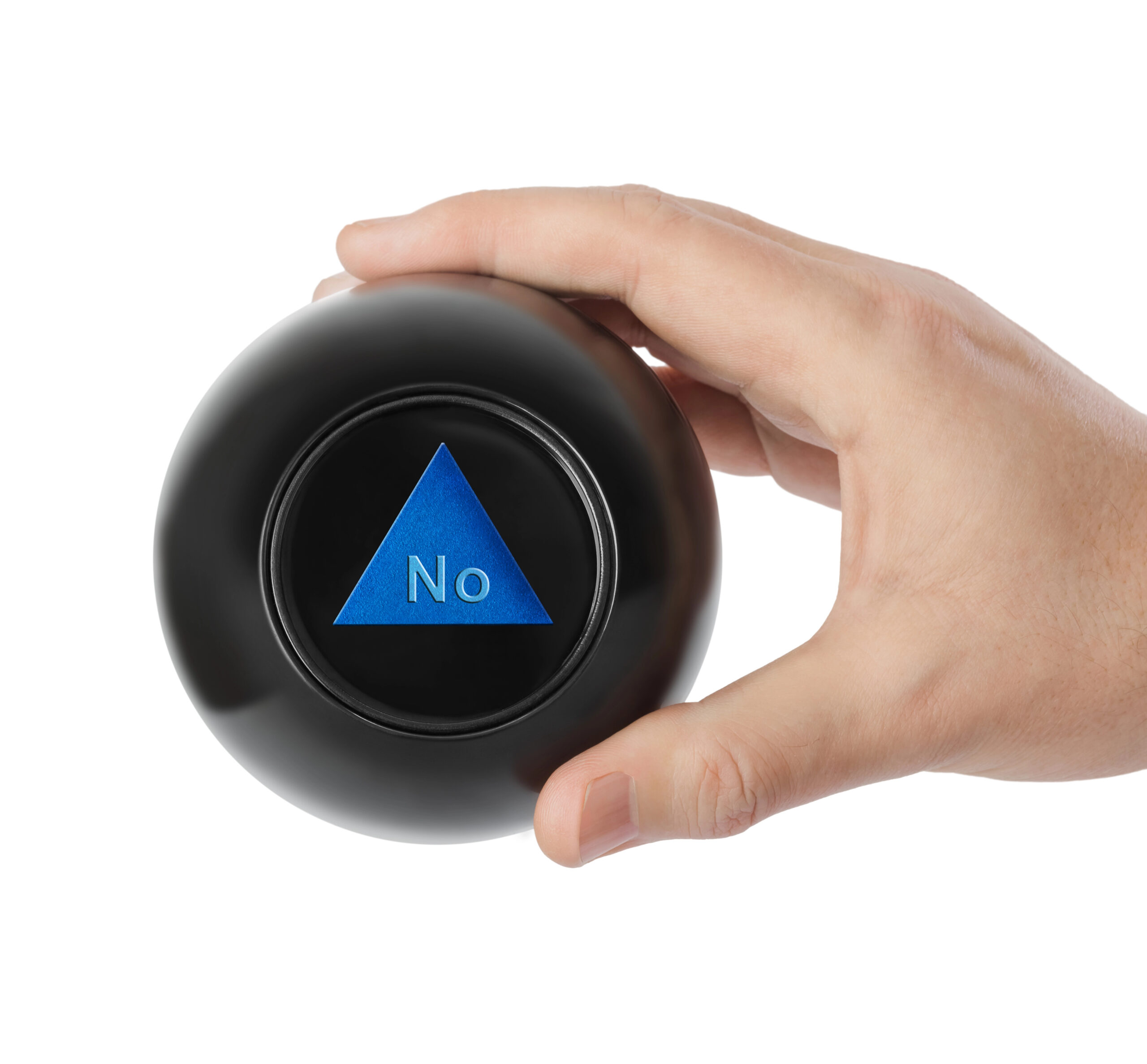
I like to imagine the inventor of the Magic 8 Ball asking his new toy if it would be a success. “Signs point to yes!” And truly, it was a massive success… after a few decades. Invented in the 1940s, the Magic 8 Ball didn’t really take off until the ’70s when Ideal Toys started advertising it to children. It’s iconic design has never really changed, though now you can find digital and online versions of this fortune-telling toy.
Rock ‘Em Sock ‘Em Robots
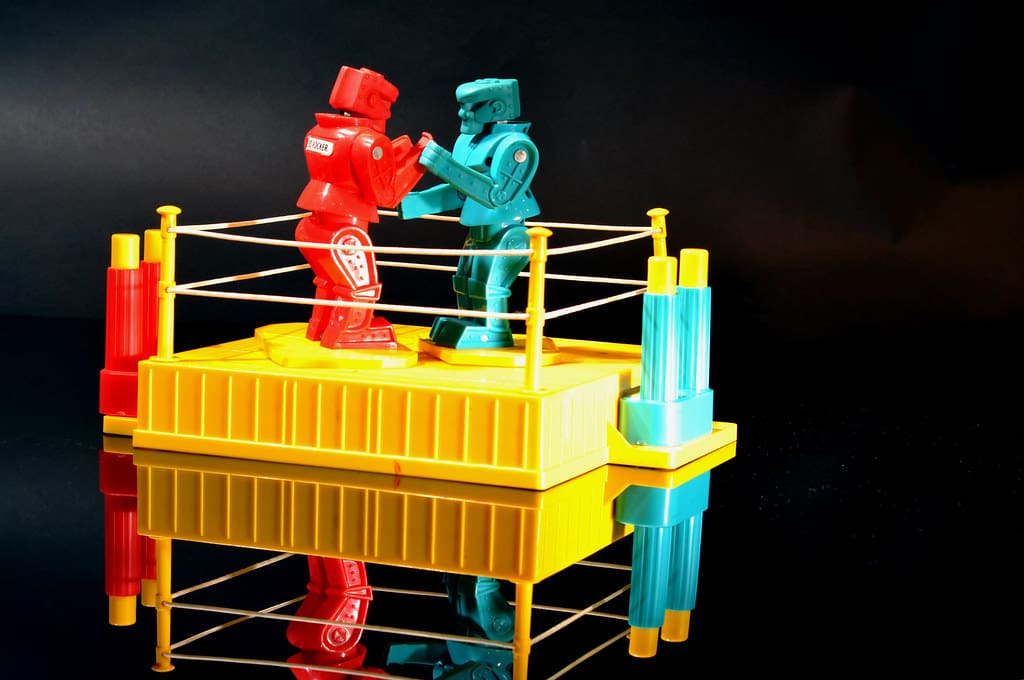
Here’s another toy that was invented before the 1970s but saw a huge uptick in popularity in this iconic decade. The goal was simple… maneuver your robot around and press one of two buttons to throw a right or left straight jab. The goal was to knock your opponent’s block off! It was a chaotic board game the same way that Hungry Hungry Hippos was. Frantic action and button pressing were how you won, rather than strategy. That said, kids loved it and it is still on shelves to this day.
Stretch Armstrong
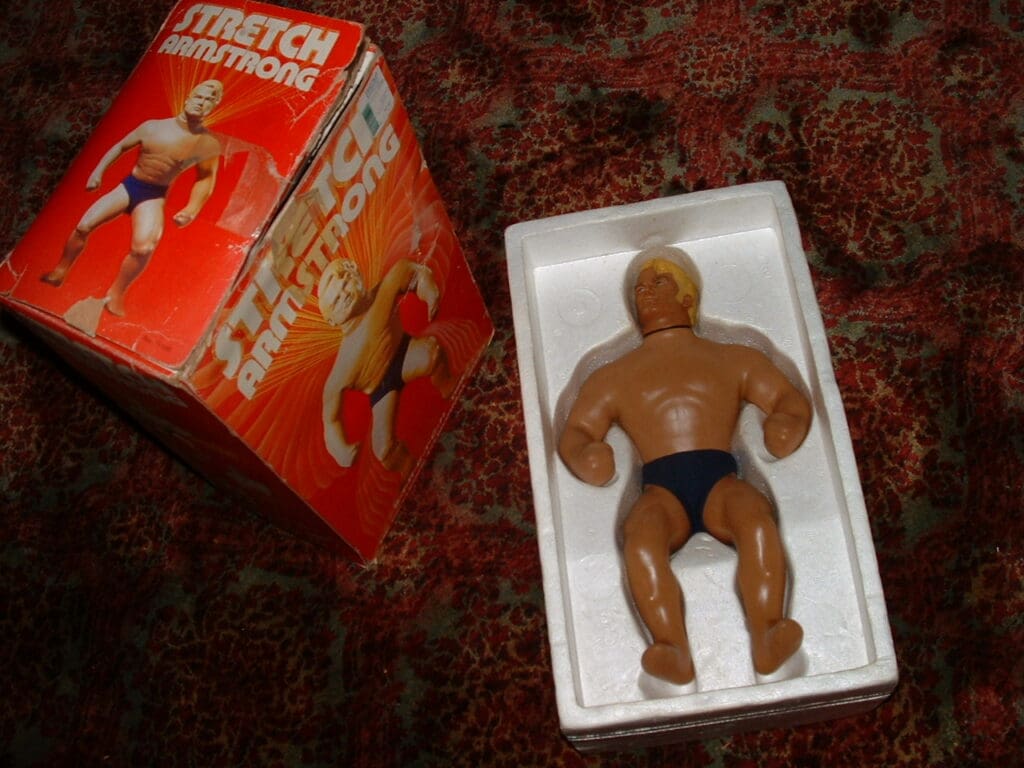
One of the most quintessential ’70s toys, Stretch Armstrong didn’t come along until the latter half of the decade. But it was a splash with kids, who loved stretching the poor guy from about a foot long to up to five feet! The original Stretch had a good run, lasting from 1976 to 1997, but in 2016, Hasbro revived the toy and you can still buy new versions of him today.
View Master
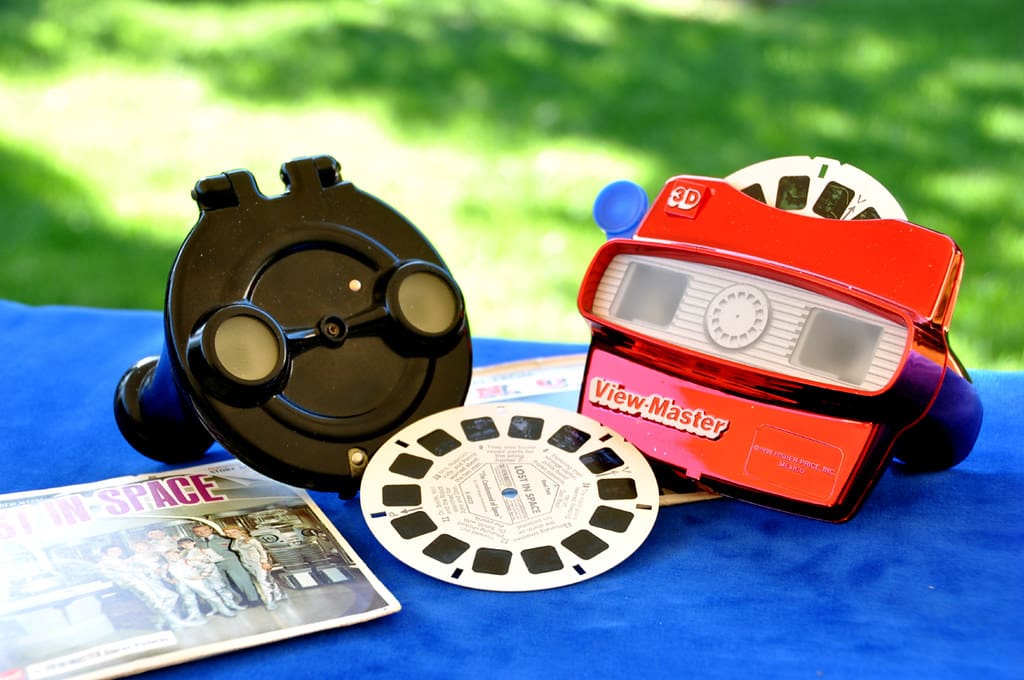
Before we had VR headsets, we had the View Master. Whether you were looking at photos of far off locations or scenes from Star Trek, the View Master was a toy that ended up in almost every kid’s bedroom. It was developed almost 50 years before the ’70s rolled around, but it was the movie and television tie-ins that really made the View Master popular.
Lincoln Logs
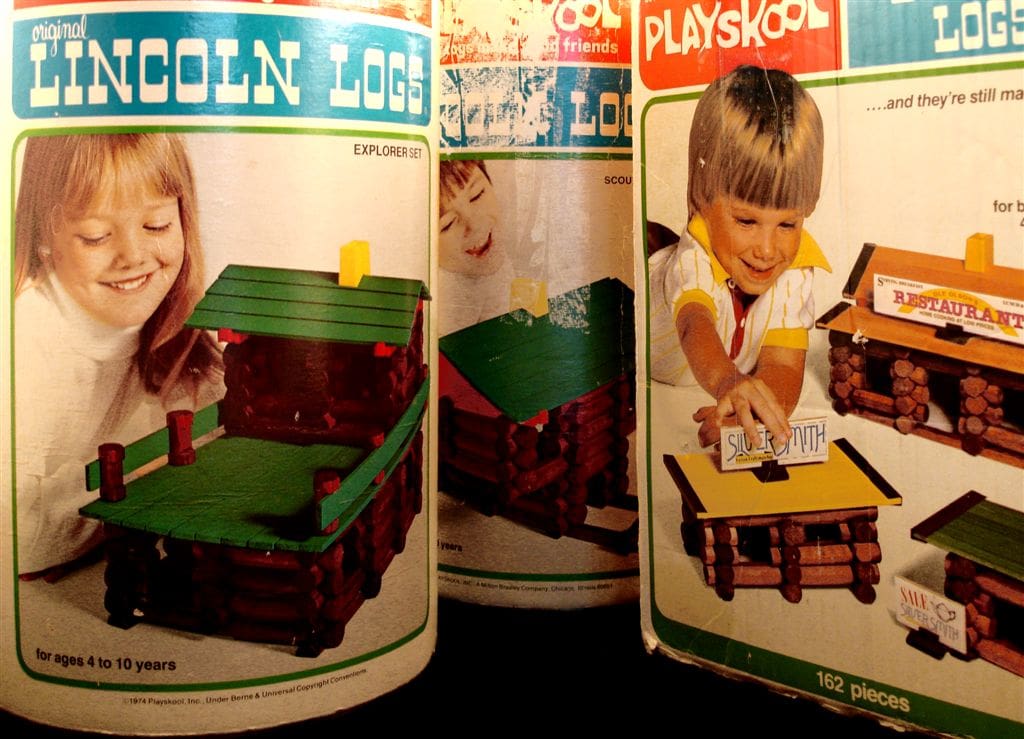
Perhaps the oldest toy on this list, Lincoln Logs were invented back in 1916 by the son of the famous architect Frank Lloyd Wright. So while they were already considered a classic toy in the ’70s, they were one of the first toys to be marketed to all children, no matter their gender. They didn’t have the versatility of Lego sets, but they had an authenticity that can’t be denied. Those little log cabins looked legit!
Glo Worm
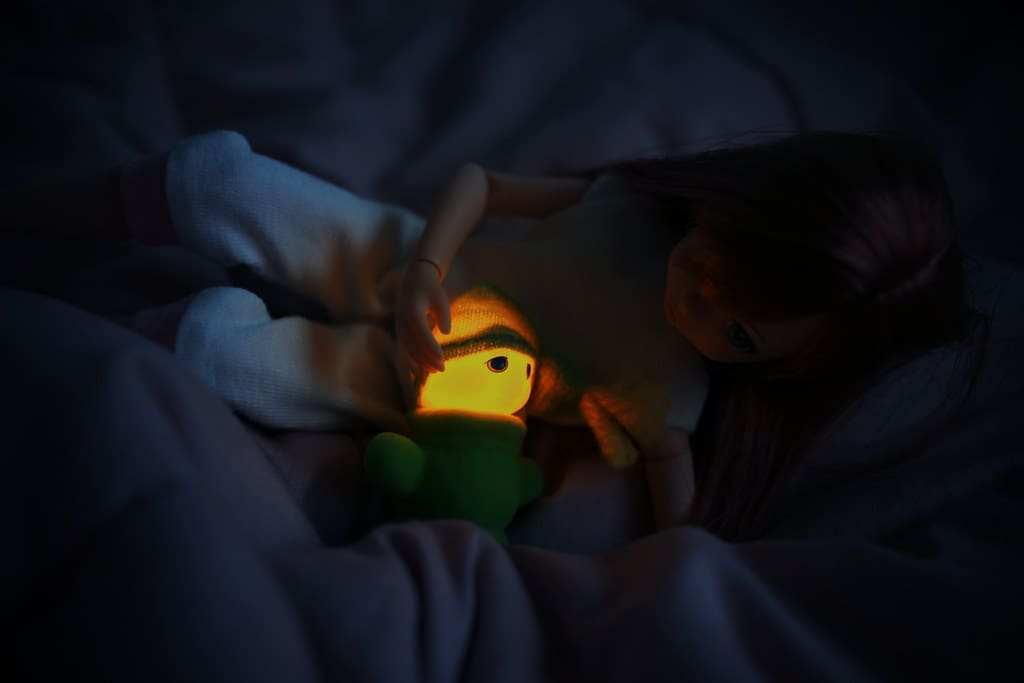
I never had a Glo Worm but my little sister carried hers around for years. This cute little plush toy had a vinyl head that lit up when you hugged the soft part. It created a soft comforting glow for small children who may have been otherwise afraid of the dark. Glo Worms evolved beyond just a toy into a line of storybooks and videos. They aren’t as popular these days as they once were, but they are still available from Playskool for the next newest of children.
My Little Pony
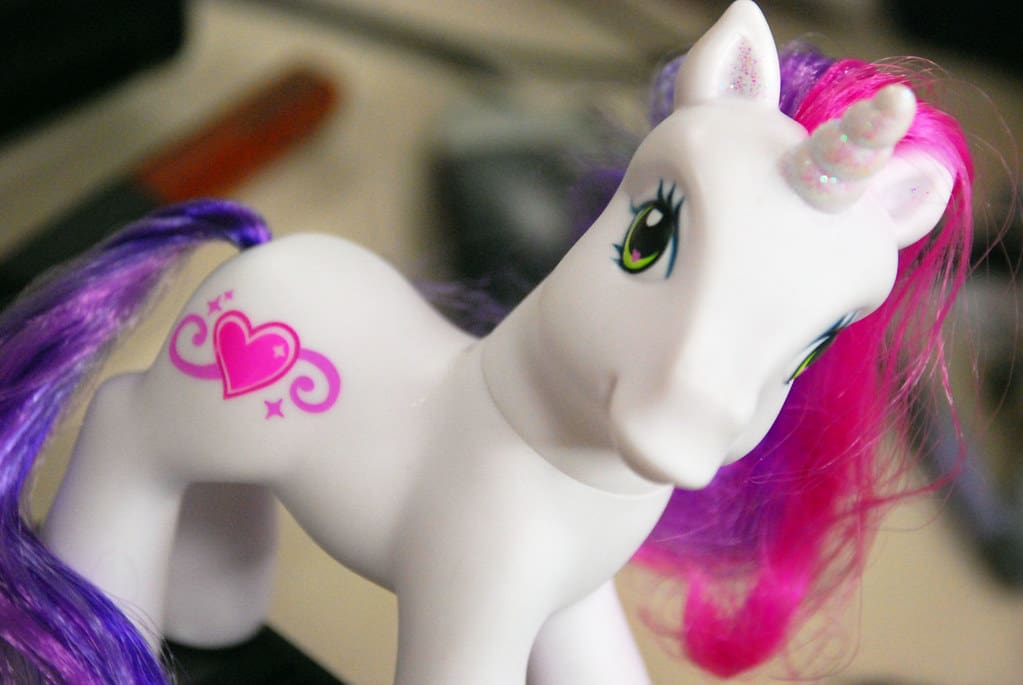
These colorful, imaginative ponies with their own personalities and symbols captured the hearts of young kids. The brand’s success came from animated TV specials and a movie that brought these ponies to life in exciting adventures. Kids loved them so much that they could collect, play with, and share their love for My Little Pony with their friends. It was all part of the ’80s fantasy toy craze!
Care Bears
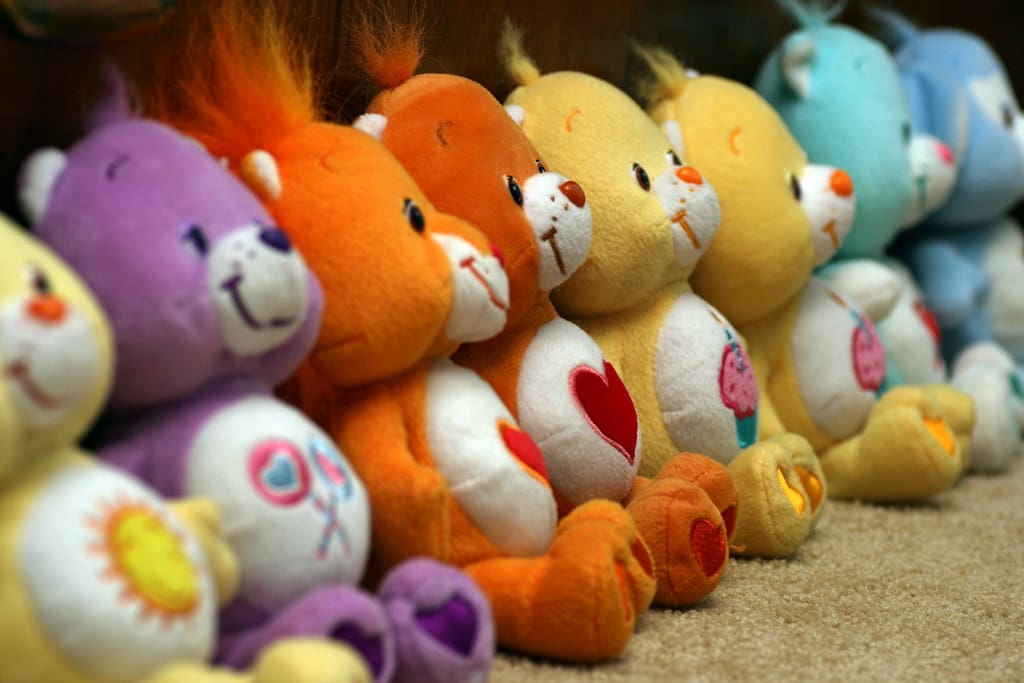
Care Bears debuted in 1982 to some truly astronomical advertising budgets. The writing was on the wall — inventing new toys to advertise to kids was BIG business. And like a lot of other ’80s toys, there were also movies and television shows promoting the product. Care Bears sent a good message to children, however, and like My Little Pony, each bear featured its own unique personality and symbol.
Teddy Ruxpin
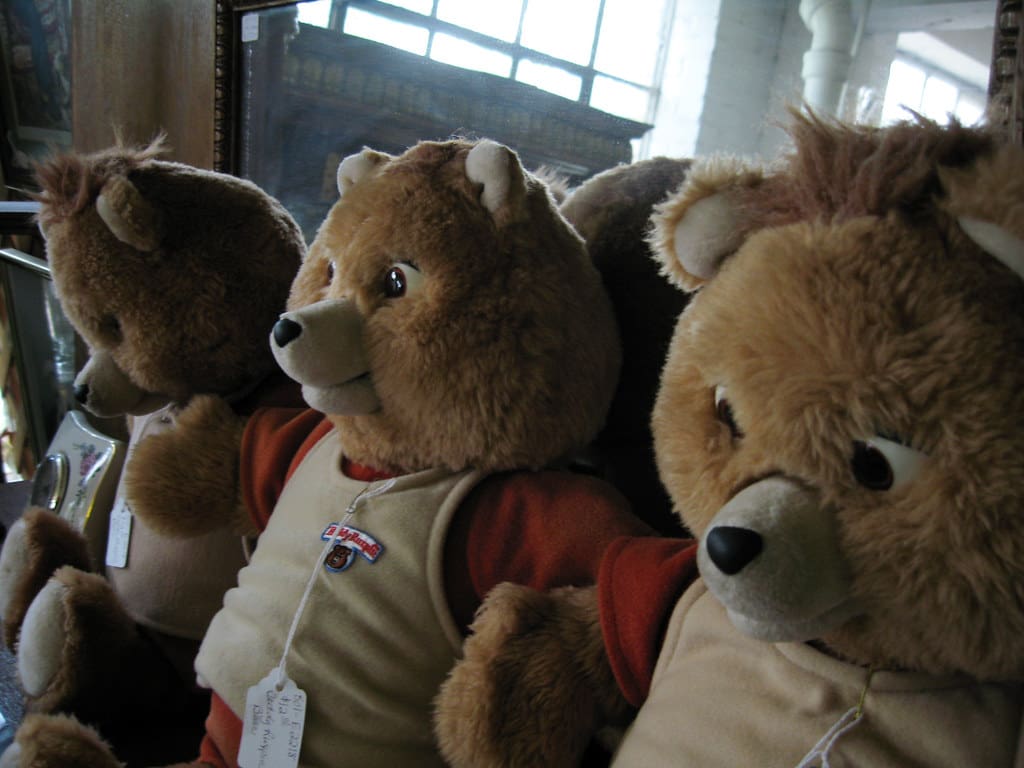
My little sister (who loved her Glo-Worm) was one of the first kids I knew to get a Teddy Ruxpin. This stuffed bear featured a cassette player implanted in its back. You popped in a little storybook tape, and Teddy would come to life and tell you a bedtime story. He was massively popular and considered cutting-edge for the mid-80s. Personally, I always thought he was a little creepy.
Cabbage Patch Kids
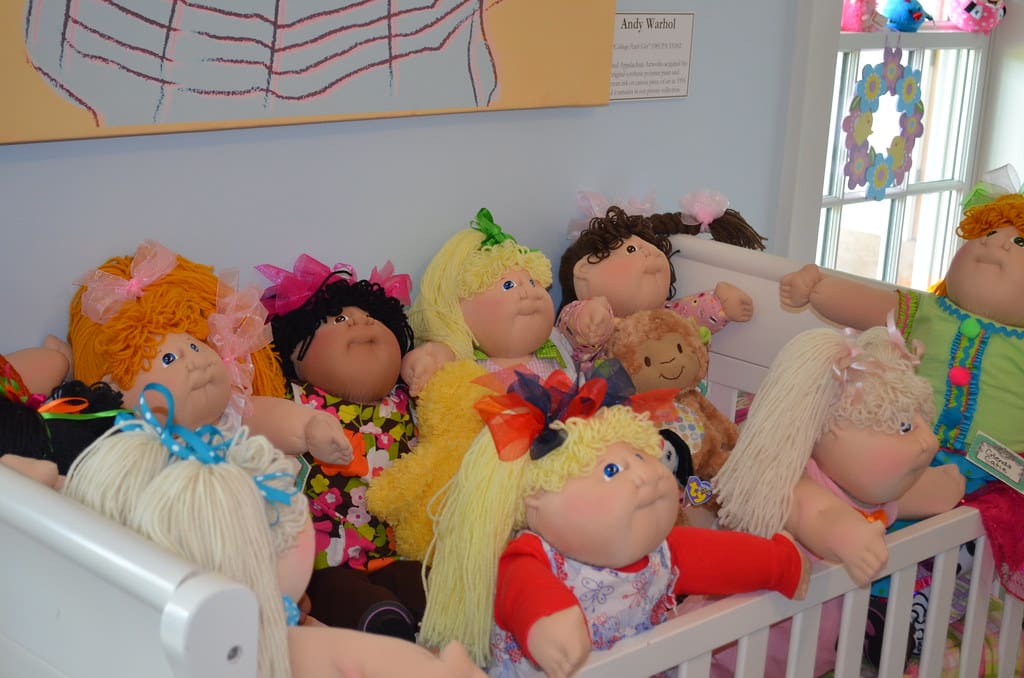
These cloth dolls with plastic heads became all the rage in the 1980s. They were massive sellers, and parents of the time may remember the challenge of even finding a single Cabbage Patch Kid on the shelf around the holiday season. These dolls set sales records and became such a phenomenon that they were the official mascot of the US team in the 1992 Barcelona Olympics.
Polly Pocket
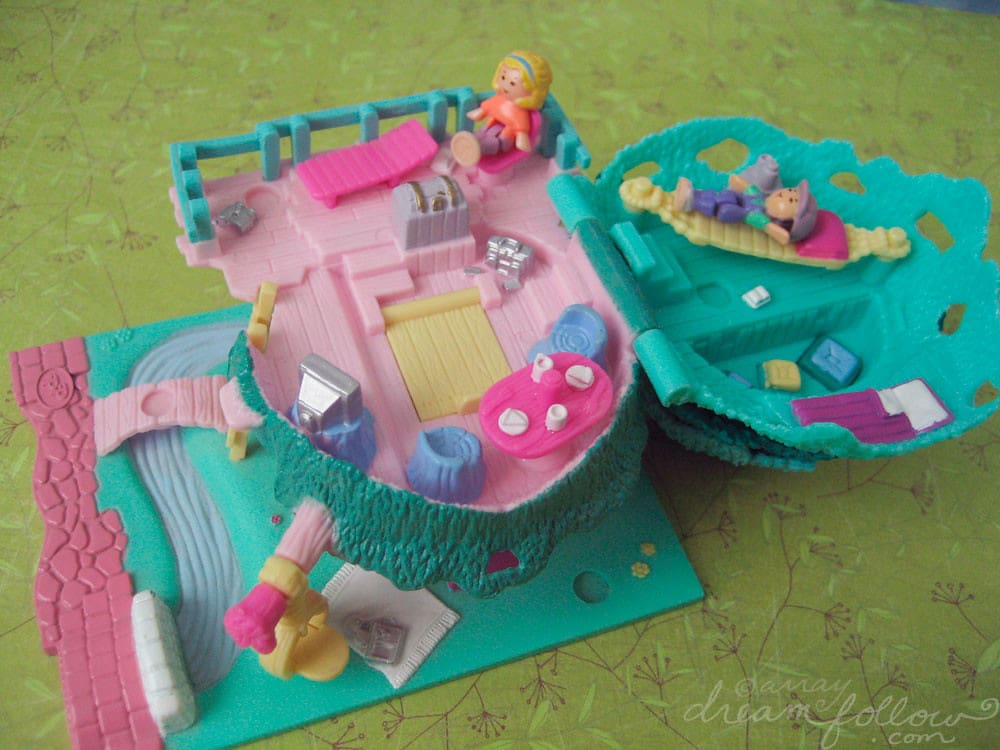
Miniature toys were a huge fad in the 1980s and Polly Pocket led the pack. The concept was cool — unfold a makeup compact or tiny dollhouse and open it up to find tiny little dolls and accessories. These days, like Lego sets, Polly Pocket leans into movie and television tie-ins, from the Addams Family to Stranger Things. While kids struggled to keep track of all of the pieces leading to parents vacuuming more Pollys than I want to imagine, they were wildly popular and continue to sell to this day.
Pound Puppies
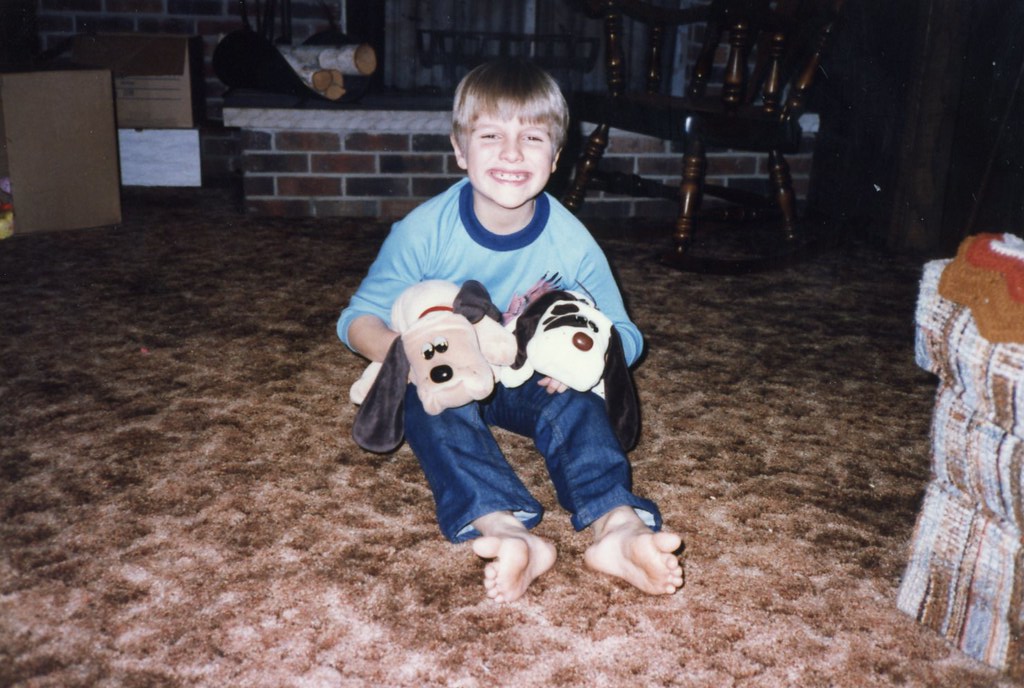
These popular stuffed dogs were similar to Cabbage Patch Kids. With their floppy ears and droopy eyes, kids wanted nothing more than to “rescue” their own Pound Puppy. Once again, because it was the ’80s, there were tons of movies and animated television shows created to drive sales. You can still find Pound Puppies on the shelf to this day, and they have lost none of their charm.
Mr. Potato Head
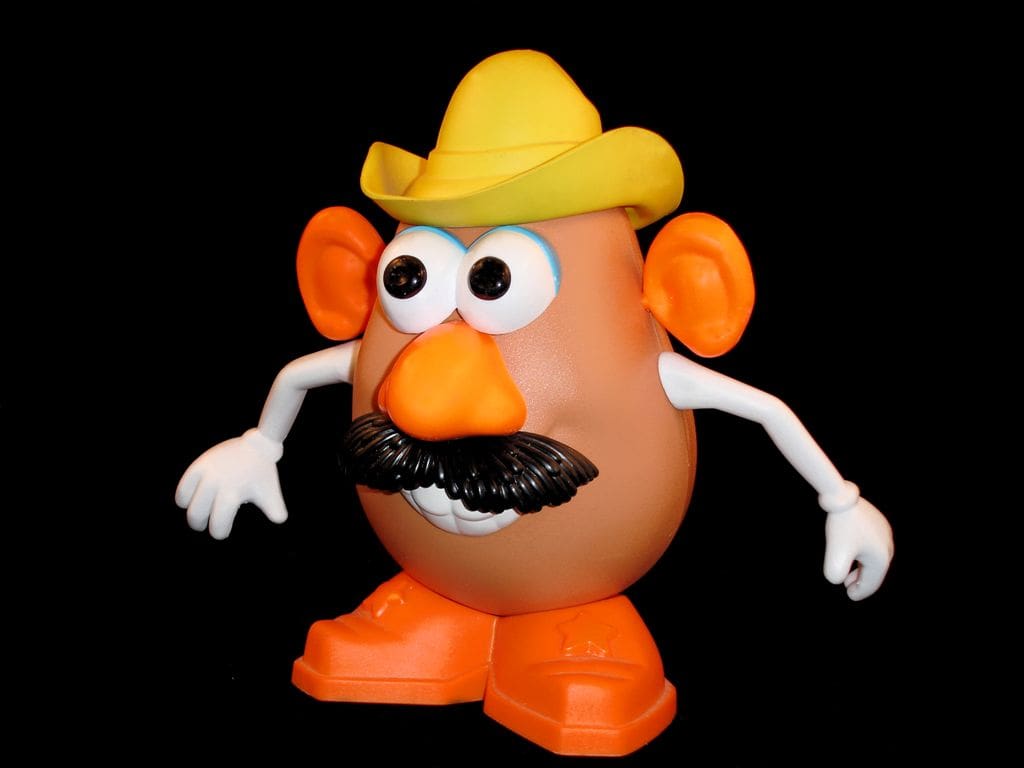
Talk about a classic. Mr. Potato Head was invented in the ’50s and had already achieved “classic” status by the time the 1970s rolled around. And, fun fact, but it was the very first toy to be advertised on television, aimed directly at children. Toy Story brought Mr. Potato Head back into the consciousness of children everywhere, but there was never really a time where kids weren’t making crazy faces with those interchangeable parts.
Masters of the Universe
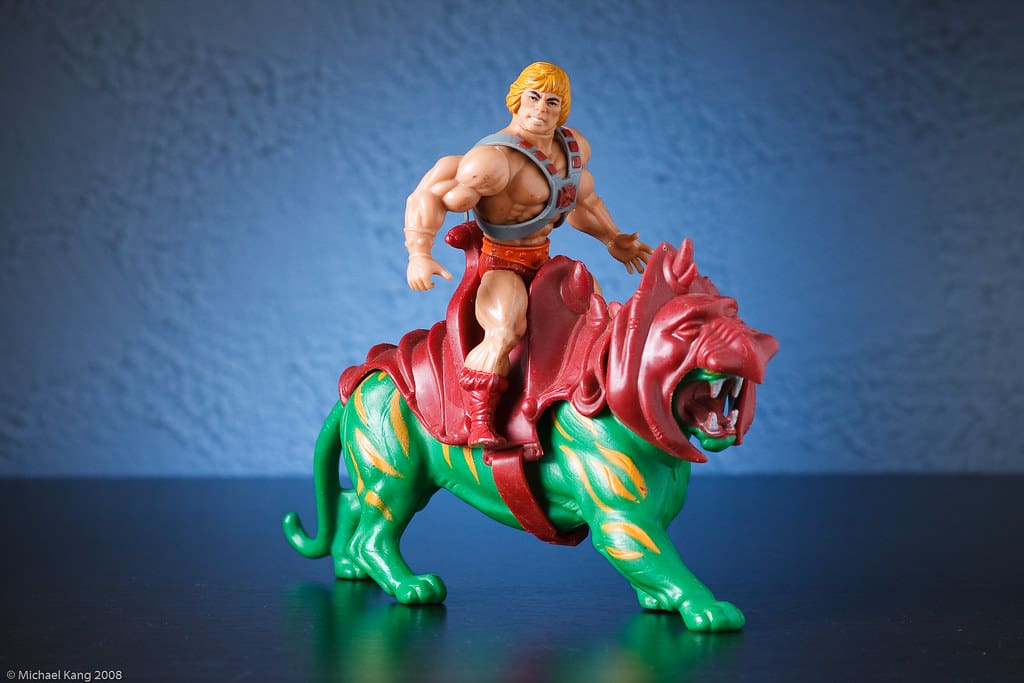
“By the power of Greyskull, I have the power!” If you grew up in the ’80s as a young boy, He-Man was right up there with G.I. Joe, Star Wars, and other massively popular action figures. The Masters of the Universe toy line truly dominated kids’ imaginations with its quirky sci-fi fantasy setting. There was the cartoon, of course, and also books, comics, and eventually a (disappointing) movie.
Star Wars
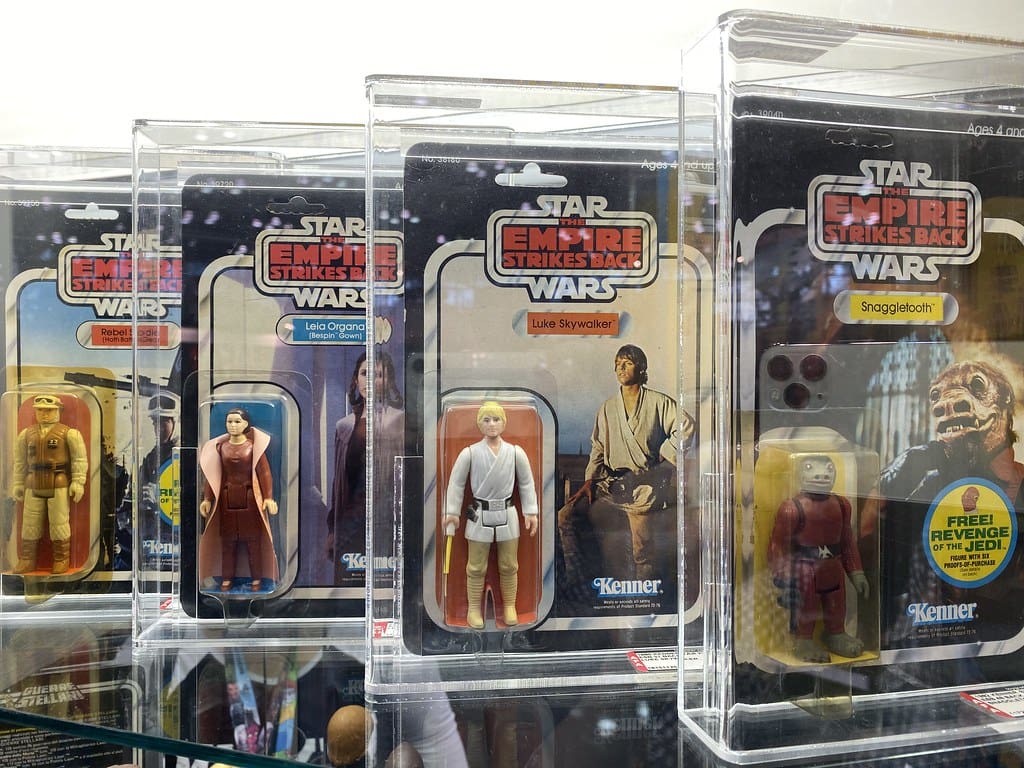
George Lucas was a business genius for telling Fox that he wanted the toy line profits more than the film profits. Whatever it was that he saw in the future (maybe he asked a Magic 8 Ball?), he was spot on. Star Wars was so popular, the first toys were actually just an empty box with a certificate stating that the real figures would be mailed later. It’s hard to overstate how influential Star Wars toys were in the late ’70s and early ’80s. As I said earlier, G.I. Joe changed up their entire approach because of the popularity.
Transformers
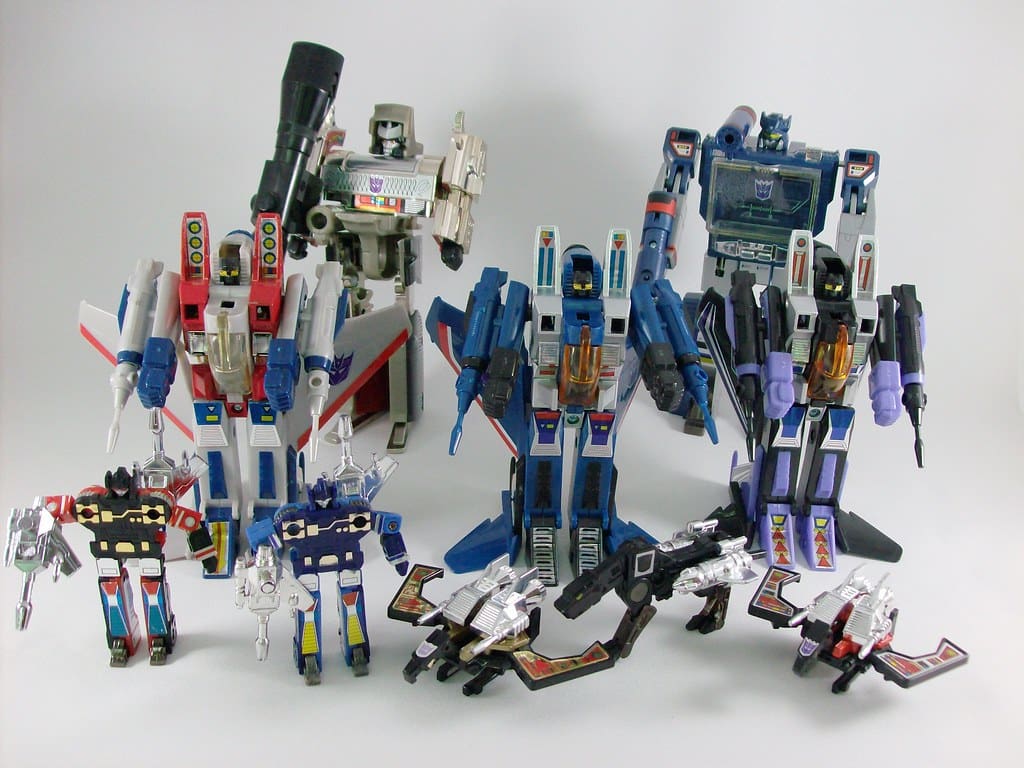
These complicated transforming robots were all the rage. Kids could not get enough of them. Alien robots who could transform into all manner of vehicles (and other electronics, like a Walkman) who fight one another. Whether you cheered for the Autobots or the Decepticons, every kid’s Christmas wishlist was filled with Transformers. I remember the day I got my Optimus Prime figure — I was ecstatic! Until later the same day when I accidentally sat on him, snapping his arms off. True story. And all these decades later it STILL makes me sad!
Related: 10 Retro Toys That Would Never Get Released Today
Teenage Mutant Ninja Turtles
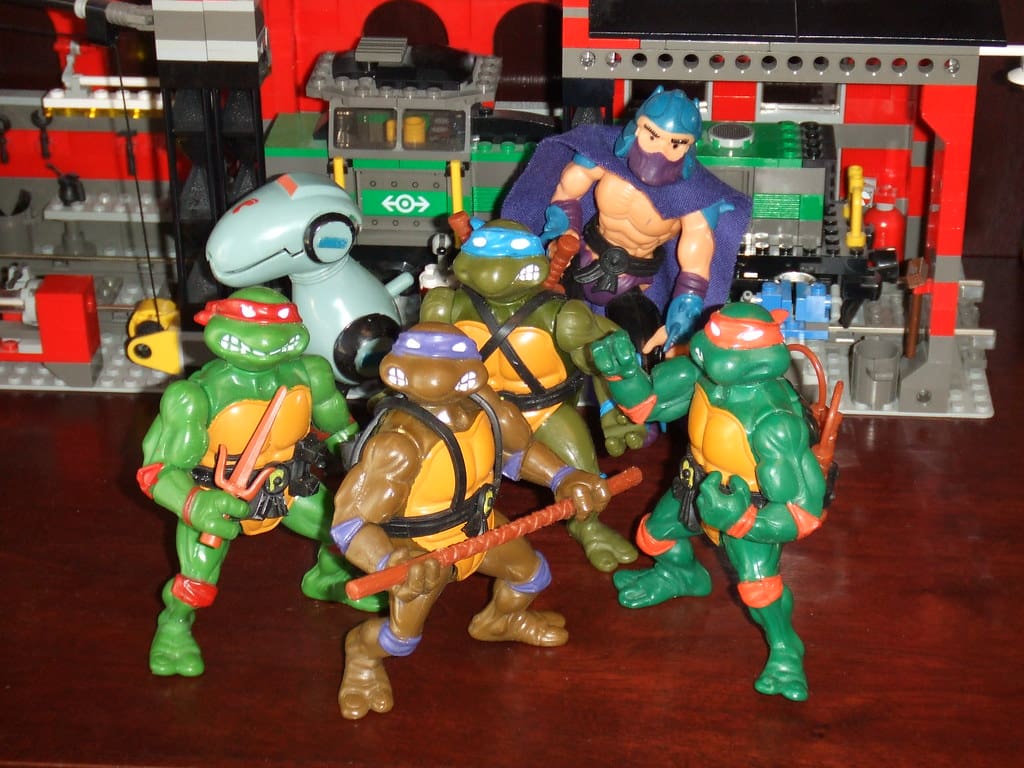
Later in the 80s, the Teenage Mutant Ninja Turtles emerged as a cartoon and a toy line, based on a not-so-kid-friendly comic book by Kevin Eastman. Simply put, TMNT were “totally rad.” The four fighting turtles had personalities that appealed to all kinds of different kids. From Michelangelo’s surfer dude personality to Raphael’s grumpy bad boy vibes, kids of all genders fell in love with these ninjas. To this day, TMNT is a successful franchise with movies, toys, video games, and more. Truly a classic ’80s toy.
Related: 30 Things People Don’t Know About Gen X
Sony Walkman
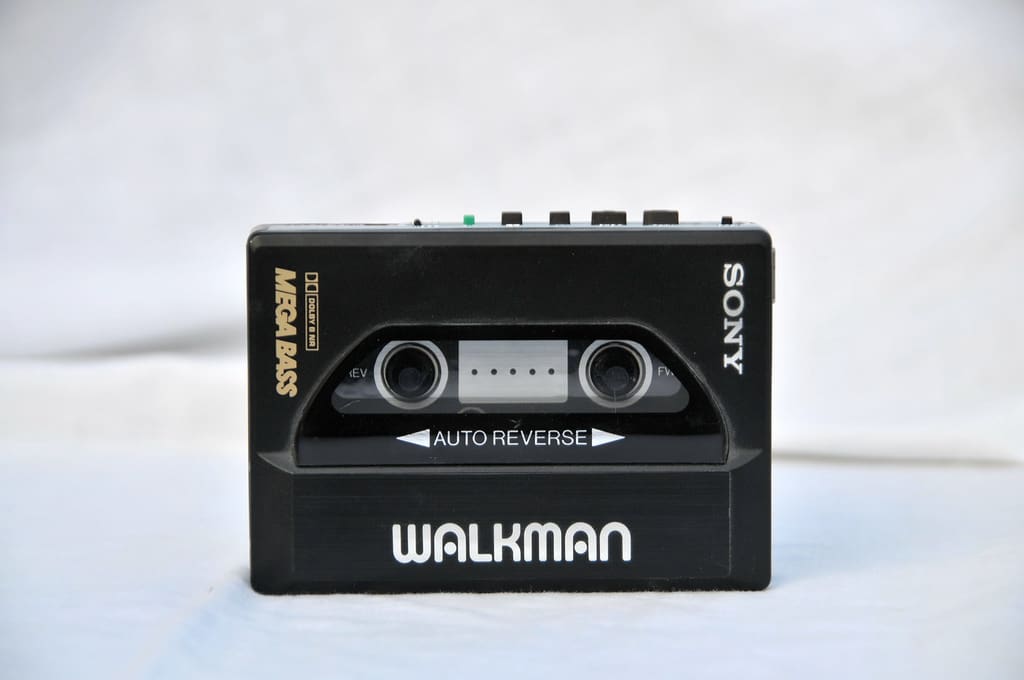
Before the Walkman, there were no “tunes to go.” You listened to music in your house or in your car, and that’s it. The Walkman allowed you to do just that — walk! I remember my first portable cassette player, it wasn’t the official Walkman (they were too expensive), but it allowed me to ride my bike around the neighborhood with tunes blaring. Truly a monumental advancement in the music industry. The next advancement as big as the Walkman had to be the iPod.
Related: 10 Ways Vintage Tech Beats Out the Modern Versions
Nintendo NES
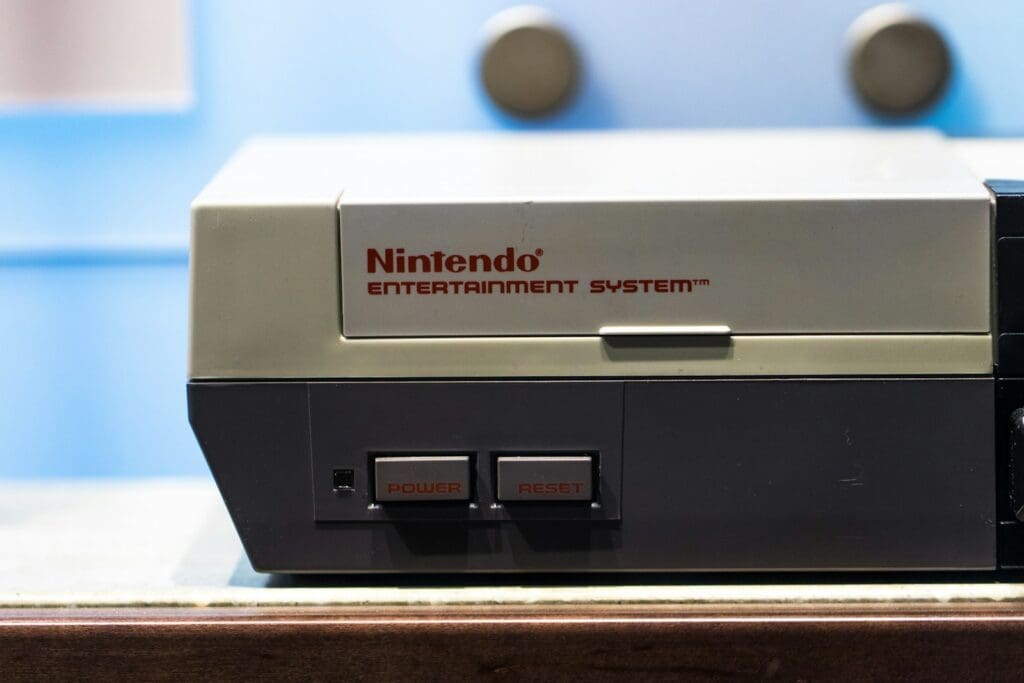
While the Atari changed the video game industry in the ’70s, it had fallen out of popularity in the ’80s. Most of the industry were wondering if home video game consoles were even worth continuing to support. But then the Nintendo showed up and changed everything. This little 8-bit machine provided better graphics and an infinitely better gamepad. It was a smash hit and gave the video game industry a kick in the butt that can be felt to this day! Nintendo isn’t going anywhere, and they prove time and time again that innovation and fun is what’s most important to gamers.
Related: The 30 Greatest Video Games Ever Made








